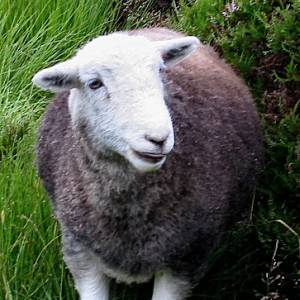Know your family Amaryllidaceae
OR
Know your onions!
These onions and shallots are on display at our Sunday Market (Summertown). The pink onions are sweet and flavorsome without being "strong" (that is, not strong lachrymators).
If you want to quarrel about the taxonomy, my assignation derives from the Angiosperm Phylogeny Group, or APG, via Wikipedia!. Onions and shallots (blue tray to the right of the onions here) are undoutedly members of the species Allium Cepa. The shallot was formerly classified as a separate species, A. ascalonicum, a name now considered a synonym of the currently accepted name. The genus Allium, which includes onions and garlic as well as shallots, is now classified in the plant family Amaryllidaceae, but was formerly considered to belong to the separate family Alliaceae. Amaryllidaceae are a family of herbaceous, perennial and bulbous flowering plants included in the monocot order Asparagales. The family takes its name from the genus Amaryllis, hence the common name of the amaryllis family.
There have been widely differing views as to the limits of the Amaryllidaceae family. The most recent APG classification (APG III of 2009) takes a broad view of the Amaryllidaceae, which then has three subfamilies, the Agapanthoideae (the old Agapanthaceae family), the Allioideae (the old Alliaceae family) and the Amaryllidoideae (the old Amaryllidaceae family). With this definition, the family includes about 75 genera and 1600 species.
Back to these onions and shallots... The small blackboard announces that the cost is £3.00 per kilo, and that the produce is "local + eco". I don't know about the "eco" part, but I believe that the "local" means North Asron. North Aston is a village and civil parish about 7.5 miles south of Banbury and 10 miles north of Oxford. North Aston has stood on the western slopes of the Cherwell valley for well over a thousand years. Already well established by the time of the Norman Conquest, the village was recorded in the Domesday Book of 1086. Today the size of North Aston and its population remains much as it did then, and the land still provides employment for many of its residents. A century ago, in 1907, the village was sold in its entirety for the very last time, including The Hall, manor house, three farms, more than thirty-five houses and some 500 acres of prime agricultural land. The century since then has wrought many changes, and within living memory an almost feudal way of life has disappeared.
This may be the farm from which the Amaryllidaceae are brought to Summertown, although I cannot be certain that such is the case.
- 0
- 0
- Fujifilm FinePix S2980
- 1/100
- f/3.6
- 8mm
- 64

Comments
Sign in or get an account to comment.


